Guns are valuable. In our efforts to preserve our guns, mankind has developed several protective treatments for them including Parkerizing, Cerakoting, and metal plating. But no other finishes are quite so attractive as bluing – even if it does have its disadvantages.
In chemistry, bluing is what is known as a “passivation” process. The electrochemical treatment causes an oxidizing chemical reaction with the iron that steel is made of. Any iron on the surface of blued steel has taken on its black oxide form, which in turn helps it passively avoid taking on its red oxide form – aka rust.
In simpler terms, the bluing process gives steel a rust-resistant coating. We call it “bluing” because black oxide has a bluish-black hue.
There are several types of bluing processes, including color case hardening which creates the mottled finish that you may have appreciated on antique revolvers and rifles. But all bluing processes operate according to the same fundamental chemistry, even if they don’t all yield the same exact color finish. In addition to case hardening there are also hot bluing, rust bluing, fume bluing, cold bluing, niter bluing, and browning.
Is Bluing Good for Guns?
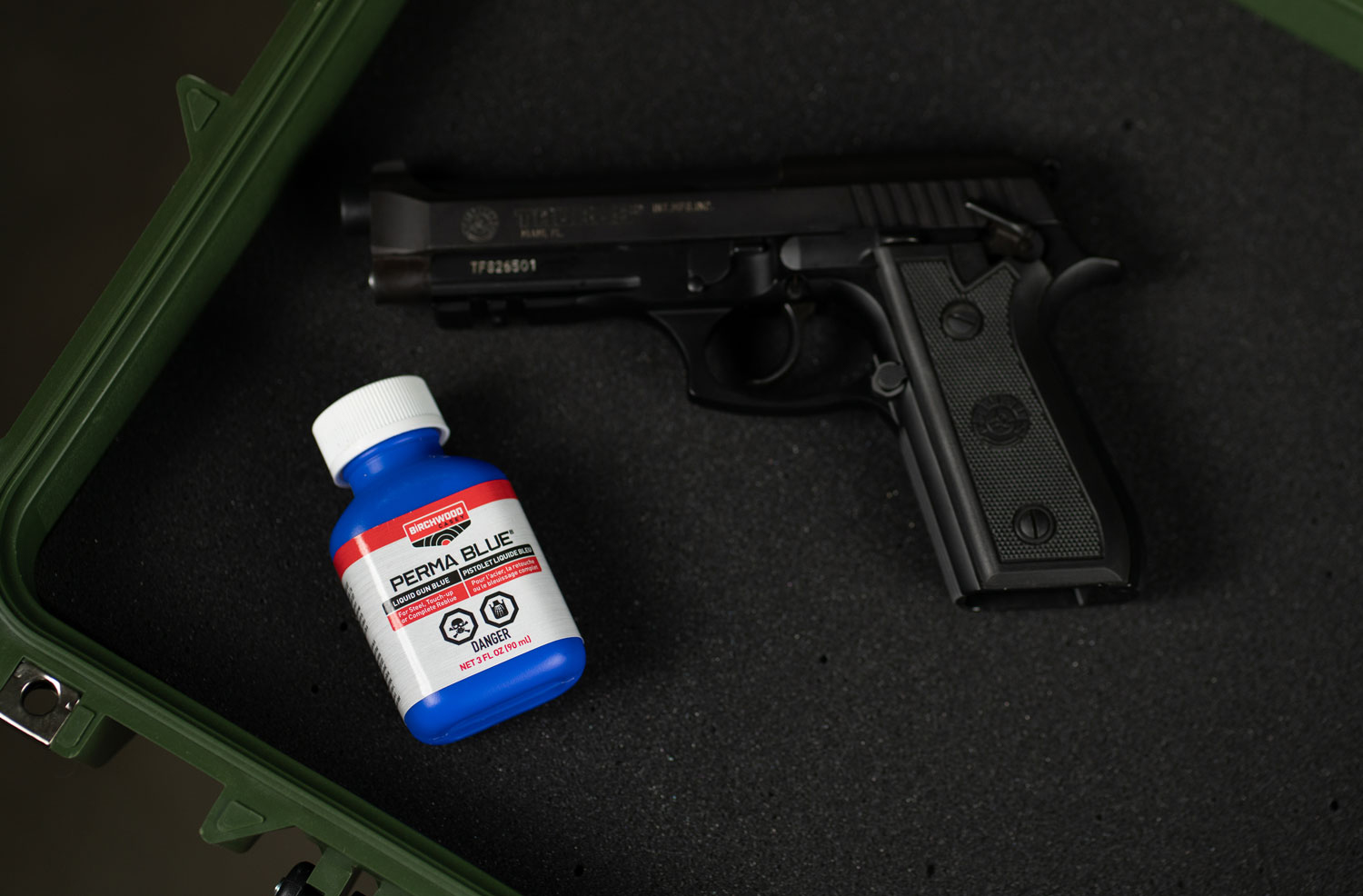
It’s certainly better than nothing, although bluing does have its pros and cons.
Pros: Pretty and Affordable
It would be hard to argue that bluing isn’t attractive. The inky sheen of a well-oiled blued firearm beats the dull, lustreless finish of a Cerakoted or Parkerized gun any day of the week. Better yet, that beautiful coating is affordable. Bluing is typically the least expensive of all the available gun finishes.
Con: Maintenance
Notice how we mentioned “well-oiled?” Therein lies bluing’s greatest disadvantage. Although blued steel resists corrosion better than untreated steel, it still rusts relatively easily. Merely leaving a fingerprint on blued steel may be enough to let rust form. That’s why in order to remain fully protected against corrosion, a blued firearm must receive regular oiling. To make matters worse, a blued surface is relatively slick compared to Cerakote or Parkerizing, so oil rubs off it very easily.
Con: Delicate
As far as finishes go, bluing is very delicate. It is usually only 1/10,000” thick, which means nearly any amount of friction is capable of scratching it. Many enthusiasts wouldn’t call bluing “protective” at all due to how easily it scratches.
Con: More Glare
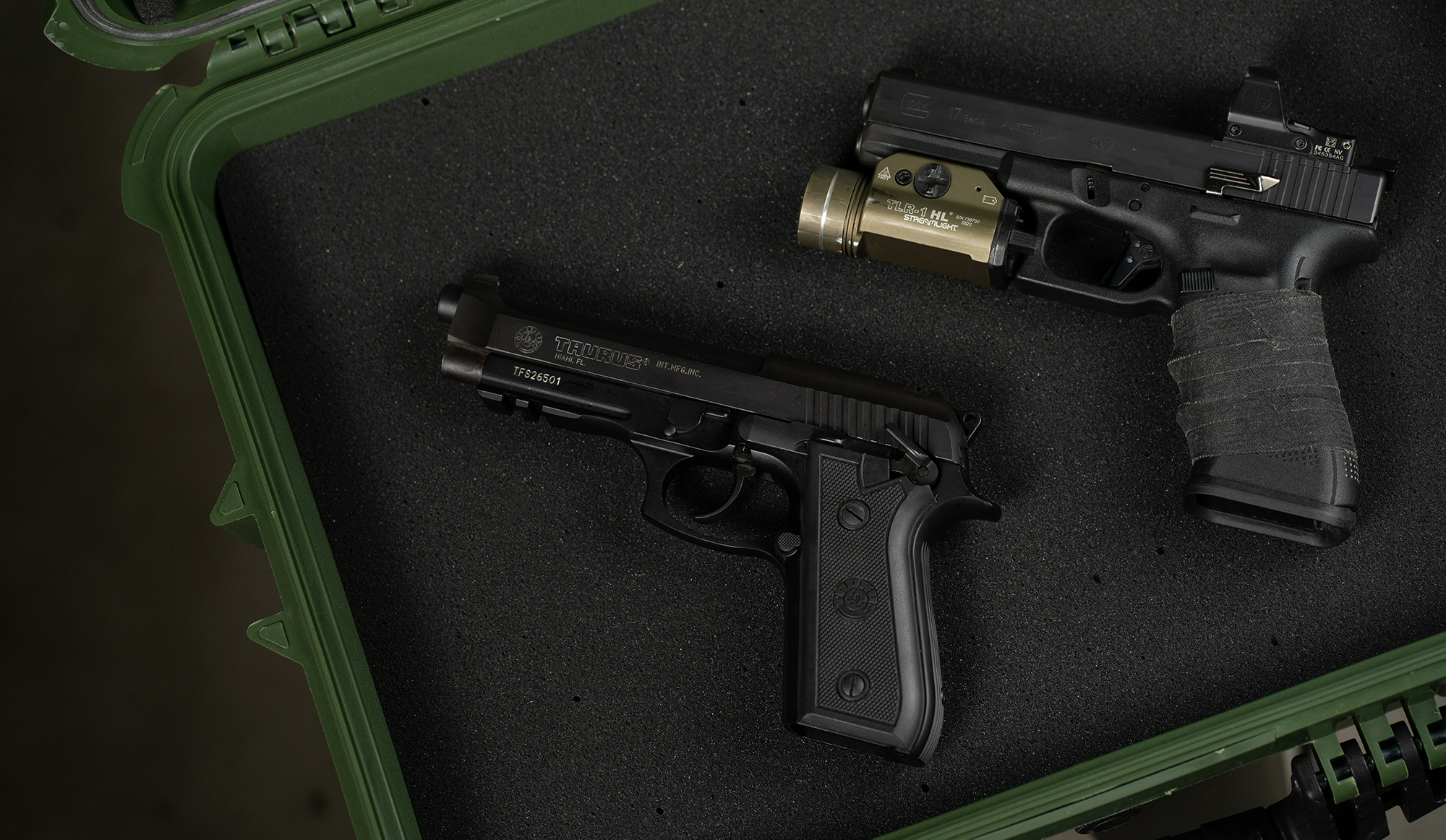
The blued Taurus pistol on the left certainly carries a heavier shine than the Glock on the right.
This isn’t to argue that a blued firearm will reflect a lot of light into your eyes. So dark-colored a surface will necessarily cut down on glare. But compared to coarser finishes like Cerakote and Parkerizing, bluing is indeed noticeably more reflective.
Should You Blue Your Gun?
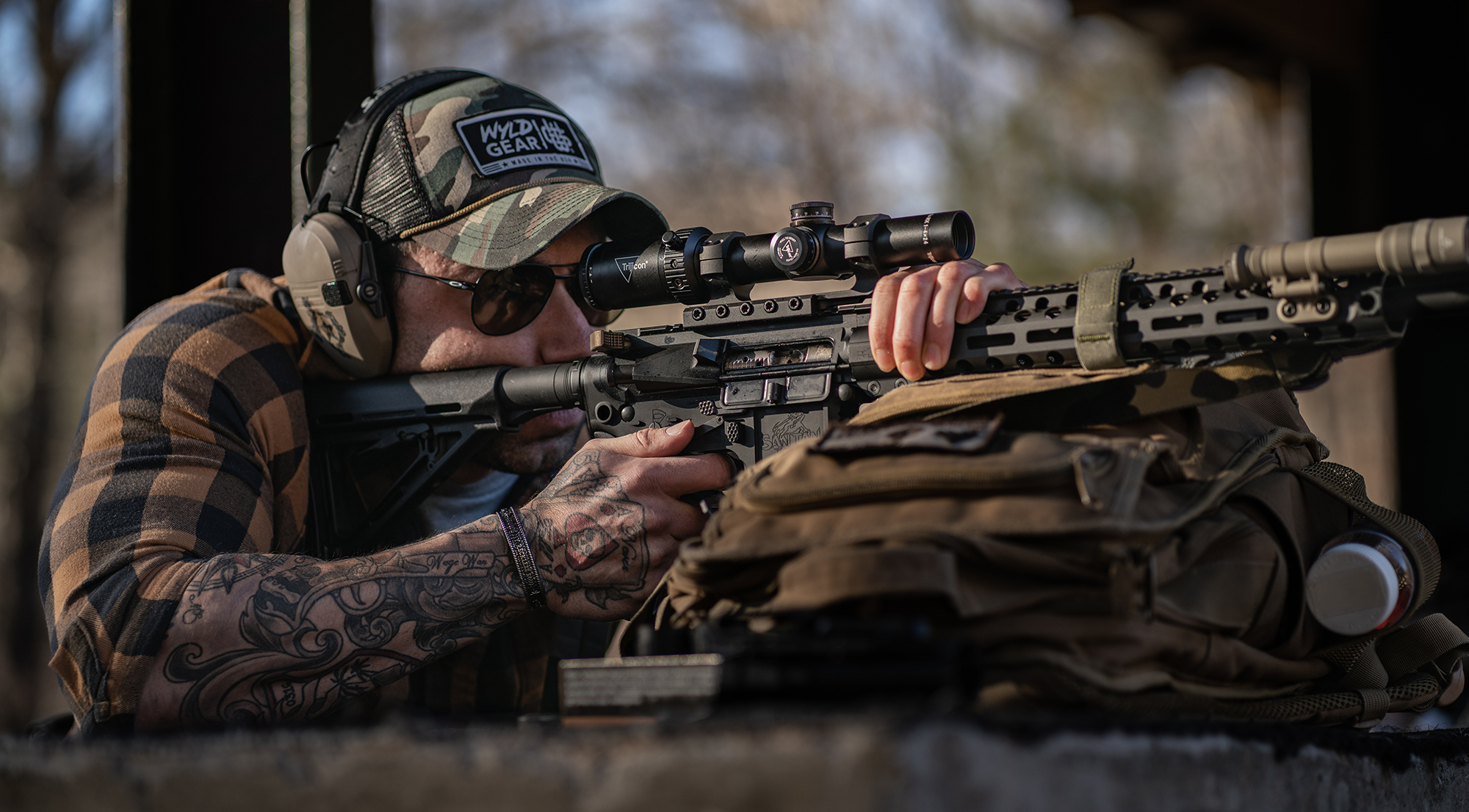
If you want a classic look for your firearm, then bluing is the way to go. Just be forewarned you’ll need to regularly oil your firearm in order to remain truly protected against rust. It’ll also scratch very easily, if you’re not careful.
If you want to spend less time maintaining your firearm or anticipate treating it roughly, then a more substantial finish will serve you better. There’s a good reason why most military firearm components are Parkerized and not blued!


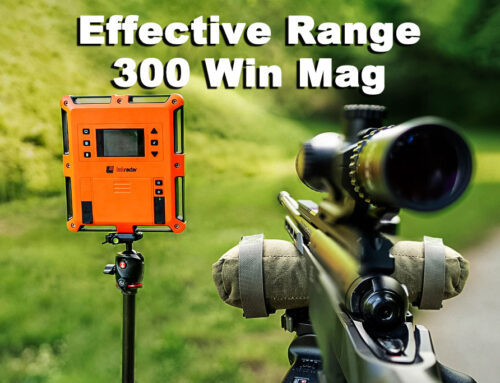
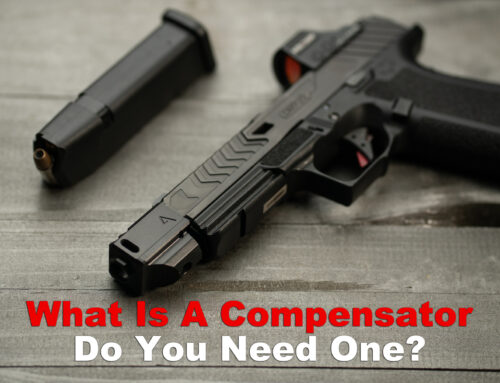
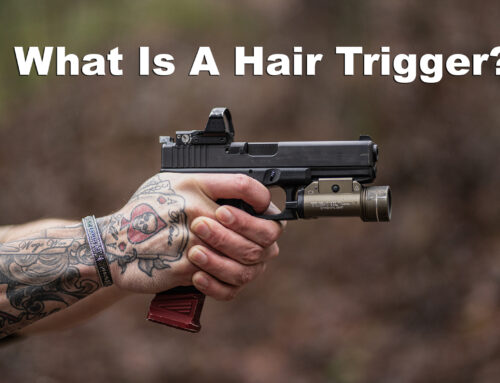

Very good article